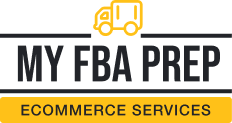Taylor Meeker

In online sales, influencer marketing has significantly impacted how brands interact with their target audience, growing into a $21.1 billion industry globally. Amazon has been at the forefront of this revolution, recognizing the immense potential of influencers to drive sales and expand brand visibility. The Amazon Influencer Program in particular marks a pivotal development in...
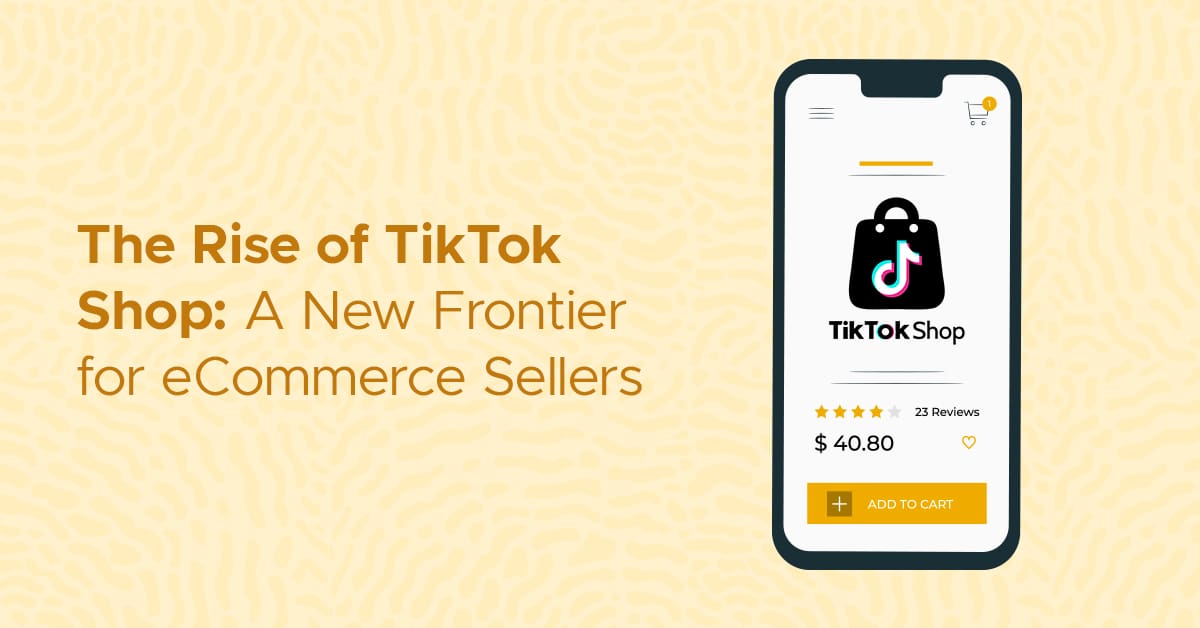
Initially known for its viral dances and trends, TikTok has opened its doors to the world of eCommerce through TikTok Shop. This platform integrates shopping directly into the app, offering a seamless experience for both sellers and buyers. The app’s immense popularity and engaging content have facilitated the transition from entertainment to a shopping hub....

In 2023, 19% of global retail sales occurred online, underscoring the critical importance for established brands to embrace an effective eCommerce sales strategy as they make their foray into the digital arena. Transitioning from brick-and-mortar selling to an eCommerce sales strategy is a significant pivot for brands and introduces a virtual marketplace that operates under...
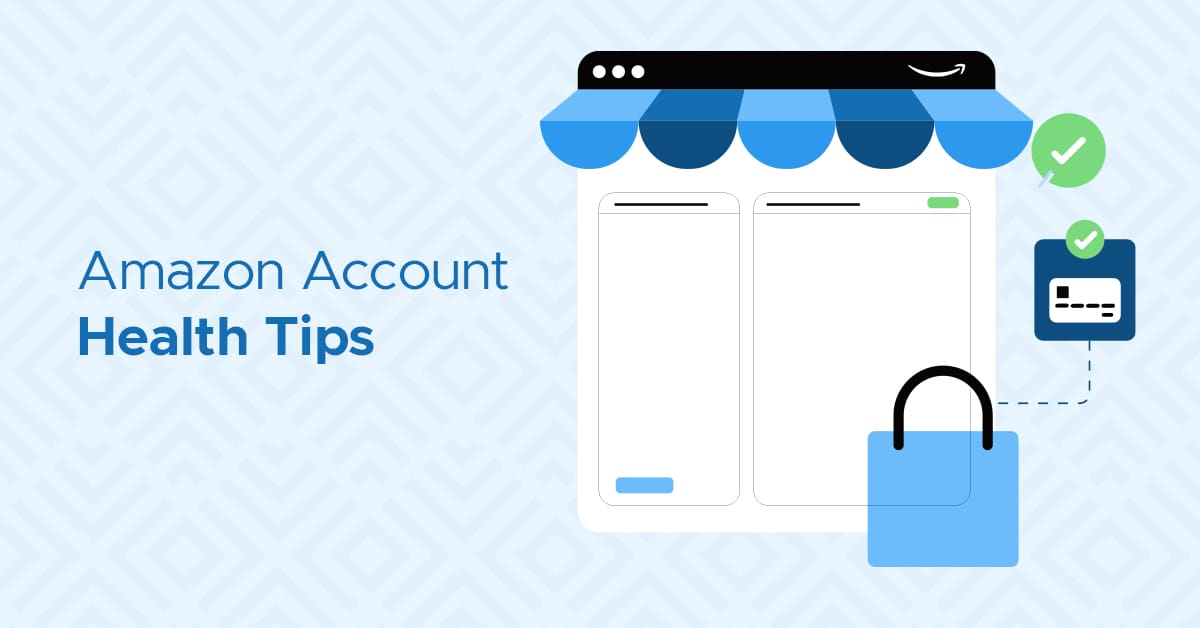
If you sell on Amazon, your Account Health page is one of the most important elements to keep an eye on; maintaining account health will help you avoid costly disruptions and account suspensions. Account health is also a direct reflection of customer satisfaction and experience, so a happy account generally correlates to happy customers (and...
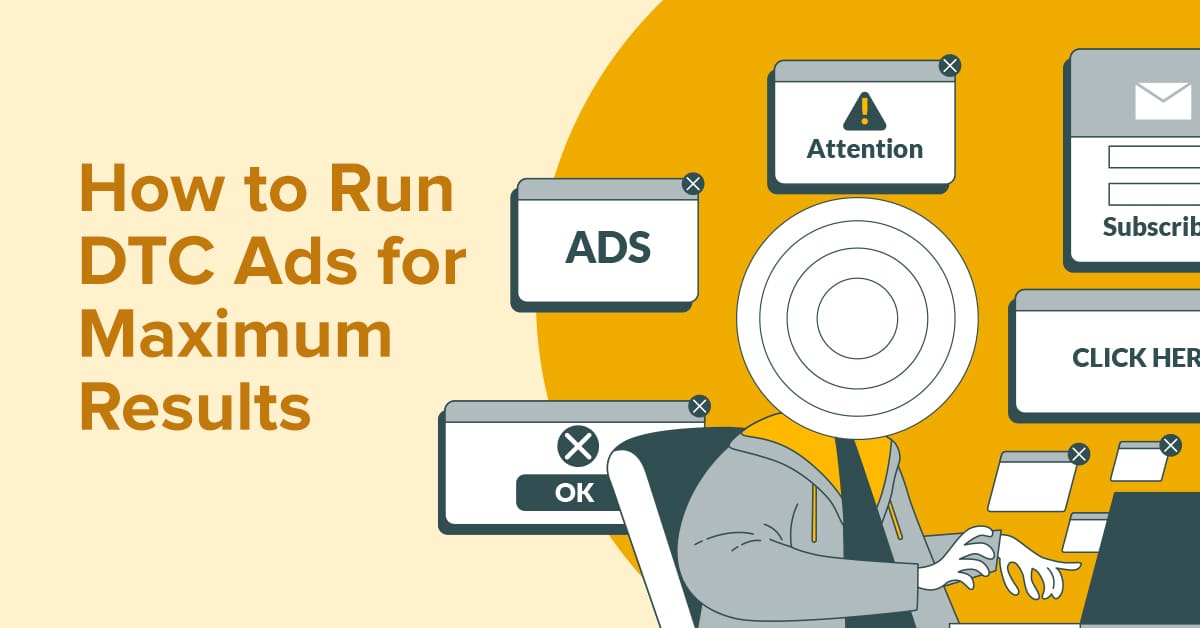
In eCommerce, the competition is as intense as it is diverse, making it imperative to differentiate your brand to capture your target segment’s attention. Advertisers are shifting from broad, mass-market tactics to direct-to-consumer (DTC) strategies. This approach focuses on establishing an open line of communication and delivering personalized experiences to customers. Under these circumstances, the...

In 2021, more than 600,000 U.S. Amazon sellers participated in the platform’s FBA program. With the surge of businesses leveraging the Amazon marketplace, it’s more crucial than ever to differentiate your brand and offerings, and that includes your FBA efforts. Countless products vie for a customer’s attention, giving rise to a new emphasis on packaging...

More than 30% of online purchases are returned, and with Amazon extending their holiday return window so that items bought between November 1 and December 31 can be sent back until January 31, navigating returns just became trickier. However, we’re here to guide your ship and help you master Amazon’s seller refund guidelines. These rules...

As an Amazon seller, you know the power of your products to reach millions. But did you know you can also use your excess inventory to make a real difference in the world? Amazon’s FBA Donations Program allows you to transform unsold or overstocked items into meaningful contributions for charities and nonprofits. It’s a win...

Just as every journey needs a map, every eCommerce business needs a data-driven strategy. December, in particular, is a treasure trove of insights that can help retailers shape their narrative for the coming year. The close of 2022 bore witness to staggering figures: Shoppers dropped an unprecedented $211.7 billion from November 1 to December 31,...
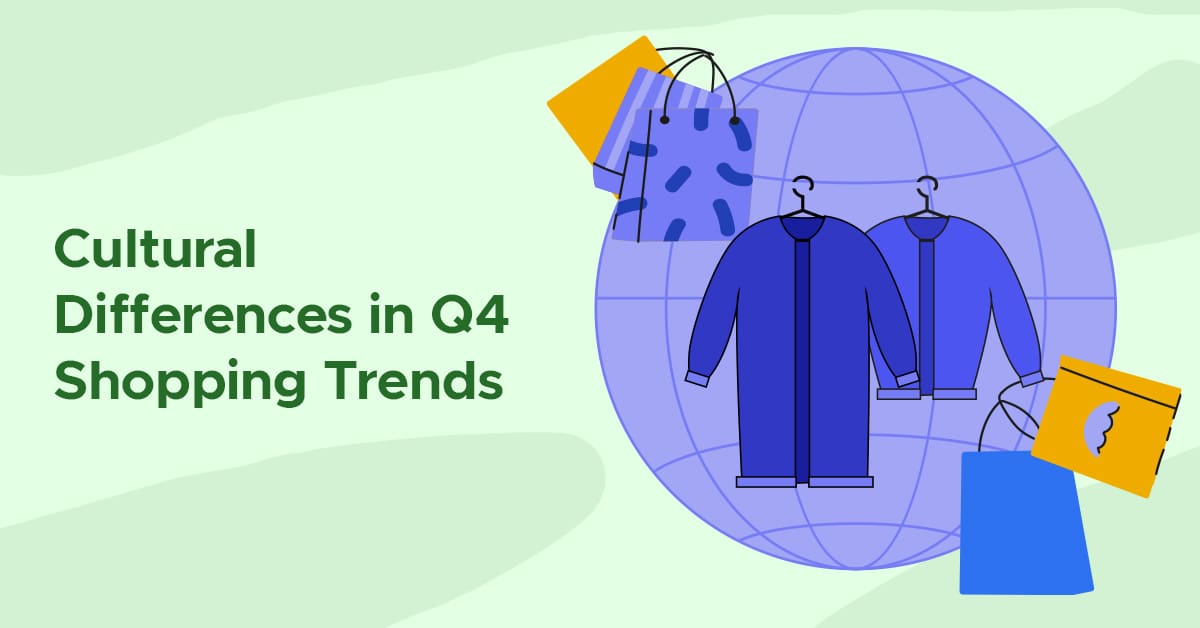
The holiday season is fast approaching, and for eCommerce retailers, this is the time to prepare for a significant spike in sales. In that regard, understanding the cultural differences in Q4 shopping trends can be the key to unlocking major profits during this busy period. In this article, we’ll analyze how various cultures around the...
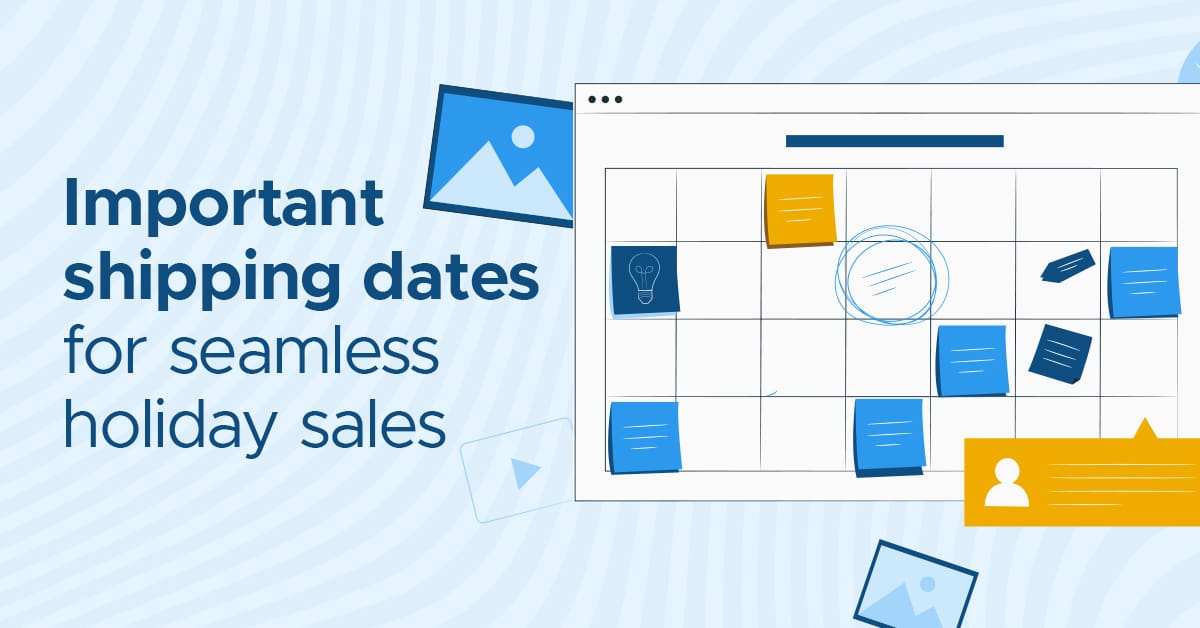
Holiday sales are expected to grow 3%–4% in 2023, reaching a record $960–$966 billion, according to the National Retail Federation. This means eCommerce businesses stand to boost their holiday sales and profits and potentially smash the previous season. To capitalize on this lucrative opportunity, it’s essential to tighten the screws of your logistical operations and...
